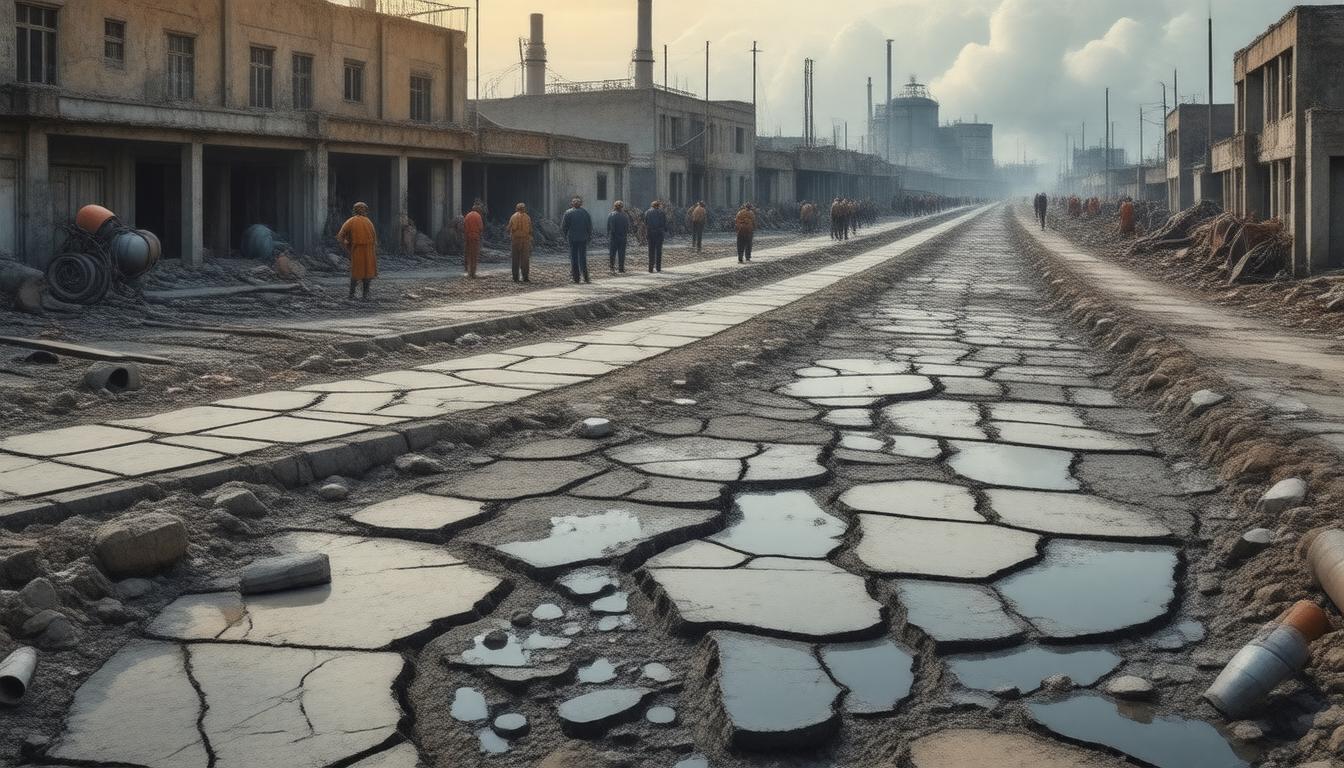

Introduction to Robotics in Sewer Inspection
The exploration of underground environments poses significant challenges due to accessibility issues, hazardous conditions, and the sheer complexity of the maintenance required. One critical area wherein technology has made significant advances is in the inspection and maintenance of sewer systems. Traditionally, humans performed these inspections, which was not only dangerous but also time-consuming and less effective. However, recent advancements in robotics technology have revolutionized this task, enhancing safety, efficiency, and accuracy.
The Need for Robotic Sewer Inspection
Sewer systems are crucial for urban infrastructure, ensuring the sanitation and health of a city. However, these systems frequently suffer from problems such as blockages, wear, and leakage, which can lead to environmental damage and public health risks. Manual inspection routines are hazardous and pose health risks to workers due to the potential encounter with toxic substances and gas, as well as the risk of infections. Robotics in sewer inspection offer a safer, more efficient solution to these challenges.
Benefits of Robotic Systems
Robotic systems drastically reduce the human risk factor by taking humans out of direct exposure to the harsh environments of sewers. They can also reach areas that are typically inaccessible to human inspectors, provide real-time data, and record information that can be analyzed later. This helps in the accurate assessment of the sewer condition and allows for targeted interventions which can prolong the life of the infrastructure.
Types of Robotics Used in Sewer Inspection
Several types of robotic systems are employed depending on the specific requirements of the sewer system and the nature of the inspection.
Crawler Robots
These are perhaps the most common types of robots used in sewer inspections. Equipped with cameras and lights, crawler robots can travel along sewer lines, transmitting high-definition images and video back to the operators above ground. They are designed to navigate around debris and through varying diameters of sewer pipes.
Floating Robots
For larger sewer channels and stormwater systems which involve more liquid flow, floating robots are employed. These robots float on the water surface, equipped with sensors to analyze water quality and cameras to inspect the integrity of open channel systems.
Drone Technology
Drone technology, although more commonly associated with aerial applications, has also found utility in sewer inspections, particularly in larger tunnels. These drones are typically waterproof and robust, designed to handle the humid and corrosive atmosphere found in sewers.
Technological Features in Robotic Sewer Inspection
Modern sewer inspection robots incorporate a range of technological features to enhance their functionality:
High-Resolution Cameras
These are critical for capturing clear images that help in identifying cracks, blockages, and other structural faults inside the pipes.
Sensors and Probes
Ranging from chemical sensors to ultrasonic probes, these devices help detect gases, measure the flow, and assess the structural integrity of the sewer infrastructure.
GPS and Mapping Tools
Advanced navigation and mapping tools help in precisely locating problem areas within the sewer network, which can be crucial for repair and maintenance work.
Machine Learning and AI
Some advanced robotic systems are equipped with AI capabilities to analyze the data they collect for quicker diagnostics and predictive maintenance insights.
Challenges and Future Prospects
Despite the advancements, the adoption of robotic technology in sewer inspection faces challenges. High costs, technological complexities, and the need for specialized training are significant barriers. Moreover, adaptation to diverse and changing sewer configurations remains a technological challenge. However, continuing advances in robotics, AI, and machine learning promise even greater improvements in efficiency, cost-effectiveness, and capability of sewer inspection robots.
Conclusion
Robotic technology in sewer inspection represents a significant leap forward in terms of operational efficiency, worker safety, and infrastructure health. As cities continue to grow and the demand on urban infrastructure increases, the role of these robots will become even more pivotal. With ongoing research and development, the future of robotic sewer inspection looks both promising and indispensable for modern urban management.







